- In 2022, China's renewable energy installed capacity will grow rapidly, reaching a maximum of about 180 million kilowatts
- In terms of energy security, the advantage of making fuel independent is driving the rapid growth of renewable energy installations
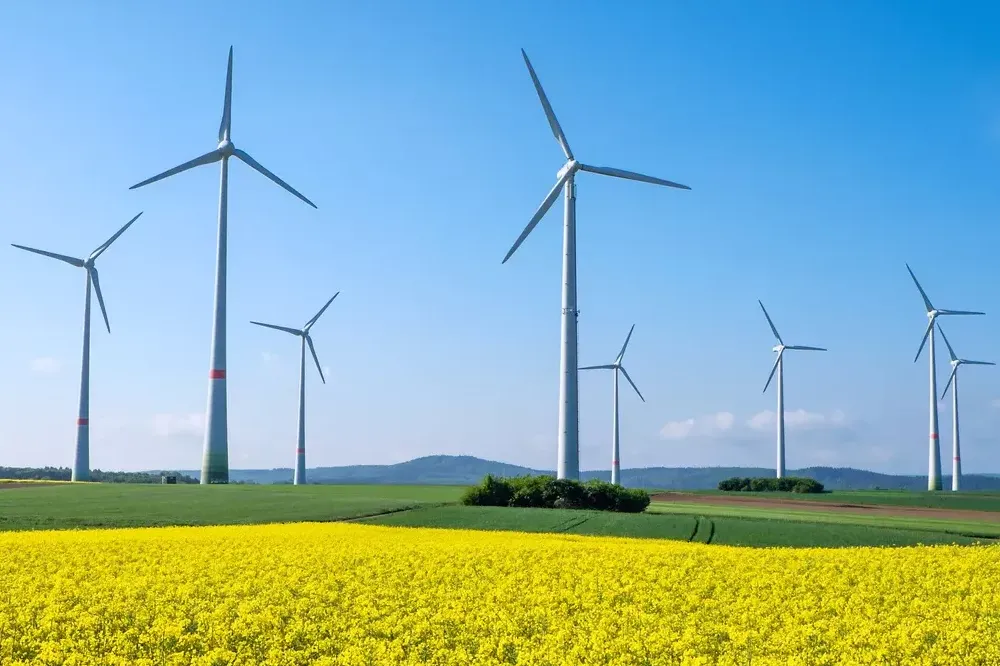
Affected by the Ukraine crisis, important changes have taken place in the world's energy landscape, and the development of renewable energy in various countries has accelerated. According to the forecast of the International Energy Agency (IEA), the installed capacity of renewable energy in the world will reach a maximum of 404 million kilowatts in 2022. The scale is 1.4 times that of 2021 before the Ukraine crisis. In terms of energy security, the advantage of making fuel independent of imports is driving the rapid growth of renewable energy installations.
Due to economic sanctions and other reasons, the European Union (EU) has reduced imports from Russia, which is one of the world's few natural gas exporters. In May 2022, the "Repower EU" centered on a substantial increase in renewable energy was announced. From the "transitional" plan to decarbonize natural gas thermal power, which emits less greenhouse gases than coal thermal power plants, it quickly shifted to the policy of developing renewable energy.
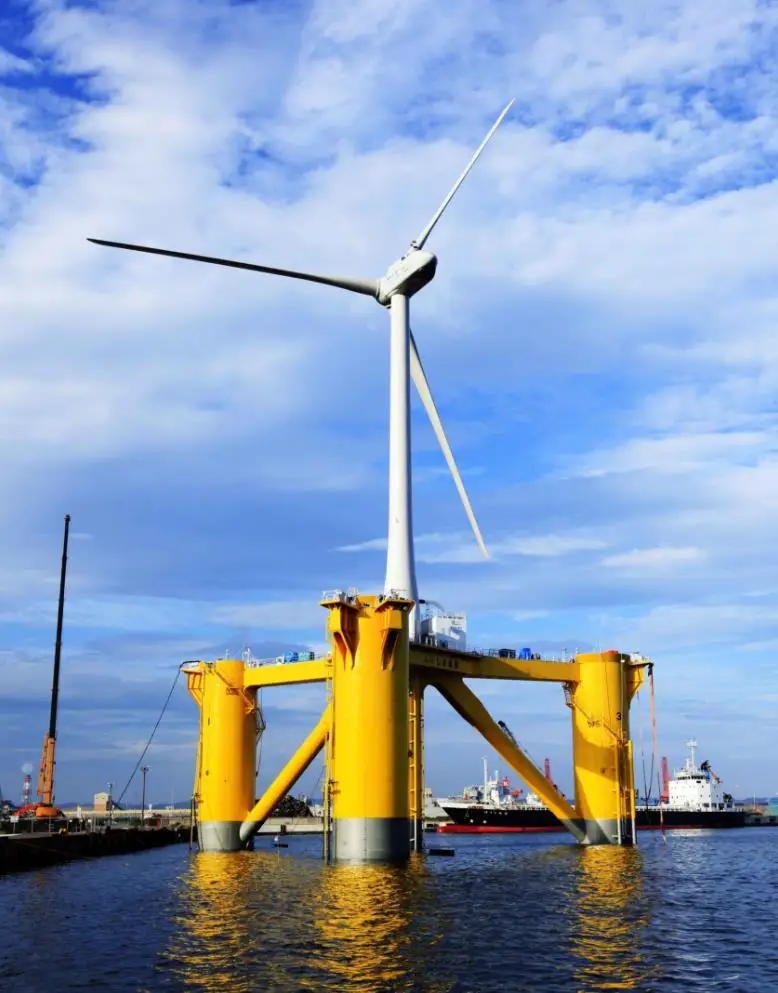
Morocco Offshore Wind Power Project
According to IEA data, the EU's renewable energy will increase by up to 62 million kilowatts in 2022. According to a report by the British think tank Ember, in 2022, wind power and photovoltaic power generation will reach 22% of the EU's power generation, surpassing natural gas thermal power (20%) for the first time. After the conflict between Russia and Ukraine, the operation of coal-fired power plants increased, but the power generation from September to December decreased by 6% compared with the same period of the previous year.
Affected by the increase in natural gas prices and other factors, the increase in electricity costs has also become the background for the increase in renewable energy installations. In the UK, in order to curb the burden of rising electricity bills, there has been a surge in households installing photovoltaic panels on their roofs. Figures from industry body Solar Energy UK show that more photovoltaic panels will be installed on residential rooftops in the first half of 2022 alone than in all of 2021.
In 2022, China will most significantly increase the installed capacity of renewable energy, which is said to reach a maximum of about 180 million kilowatts. The installed capacity in just one year is higher than all the renewable energy power generation facilities owned by Japan. Even accounting for population and economic size, the disparity remains stark.
In the three years since 2020 when the new crown epidemic spread, it has increased by about 460 million kilowatts. Although it cannot generate electricity continuously for 24 hours like atomic energy and thermal power stations, its power generation capacity is equivalent to 460 nuclear power units.
The U.S., with its abundant natural gas at home, is less vulnerable to the Ukraine crisis in terms of fuel procurement, and its renewable energy installations are on par with 2022. On the other hand, it will grow rapidly after 2023, and photovoltaics will increase by about 29.1 million kilowatts.
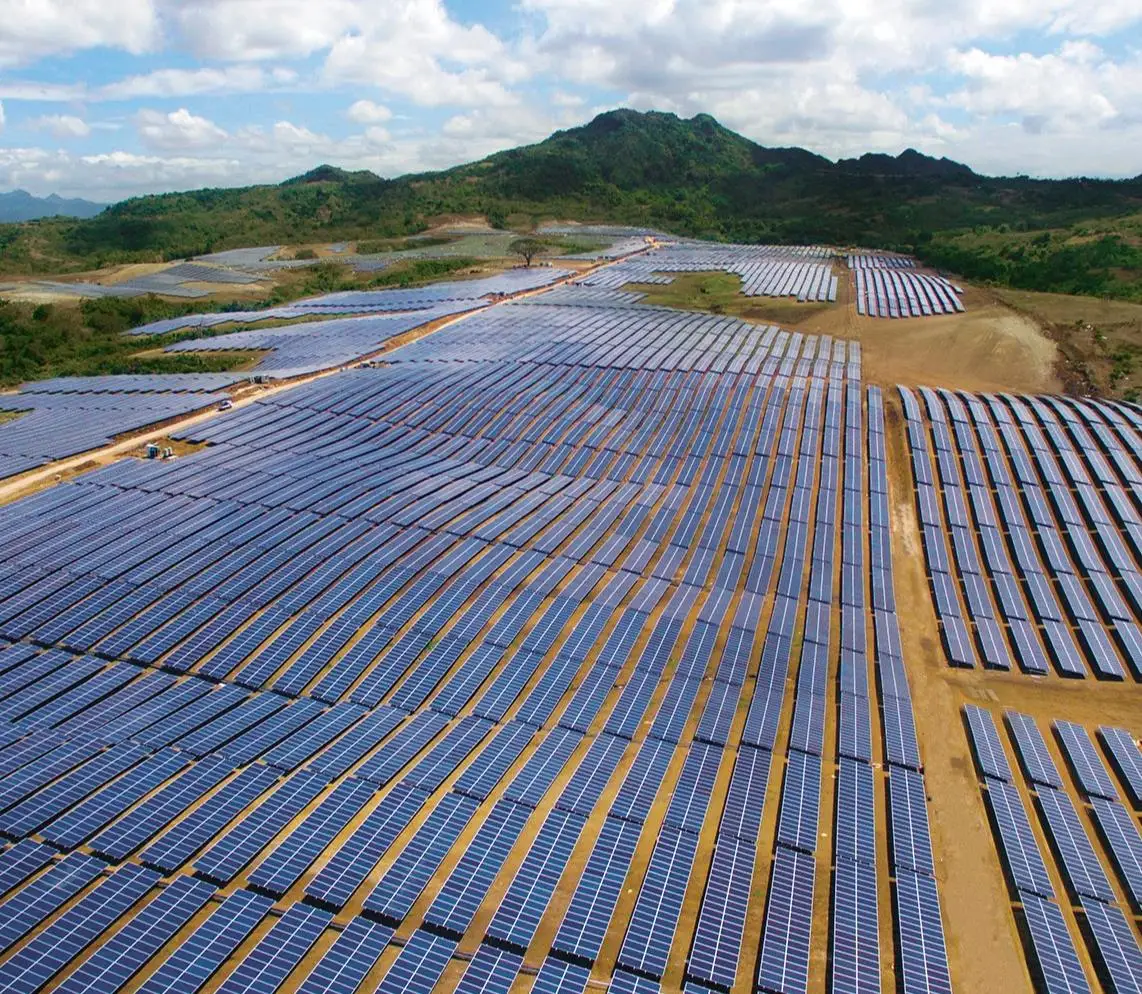
Yuneng Ruzhou 17,000 mu centralized photovoltaic project
The driver is the passing of the US Spending and Revenue Act (Inflation Cutting Act) in the summer of 2022. It includes tax credits, subsidies and other assistance measures to promote the popularization of renewable energy. The "Build Back Better" bill, which had been a draft of the law, suffered setbacks but was passed with some changes, spurred by the crisis in Ukraine.
With regard to the advantages of renewable energy, the decarbonization and cost aspects have been highlighted in many cases before. As Russia, which is a resource-based country, attacked Ukraine, problems in energy security were realized. "The answer to security concerns is renewable energy," said Timmermans, first vice-president of the European Commission.
Even a year after the crisis, Japan still purchases a lot of Russian-produced fossil fuels. Japan is at a stage where the proportion of renewable energy in power generation has finally exceeded 20%, and natural gas and coal thermal power are still the main force. Although the Japanese government will submit the "GX (Green Transformation) Promotion Act" to the current Diet, and from 2023 onwards, the government and the public will also work together to promote an annual decarbonization investment of 150 trillion yen, but there is a lack of specific policies and the road is still unclear. Editor/Xu Shengpeng
Comment
 Praise
Praise
 Collect
Collect
 Comment
Comment
 Search
Search





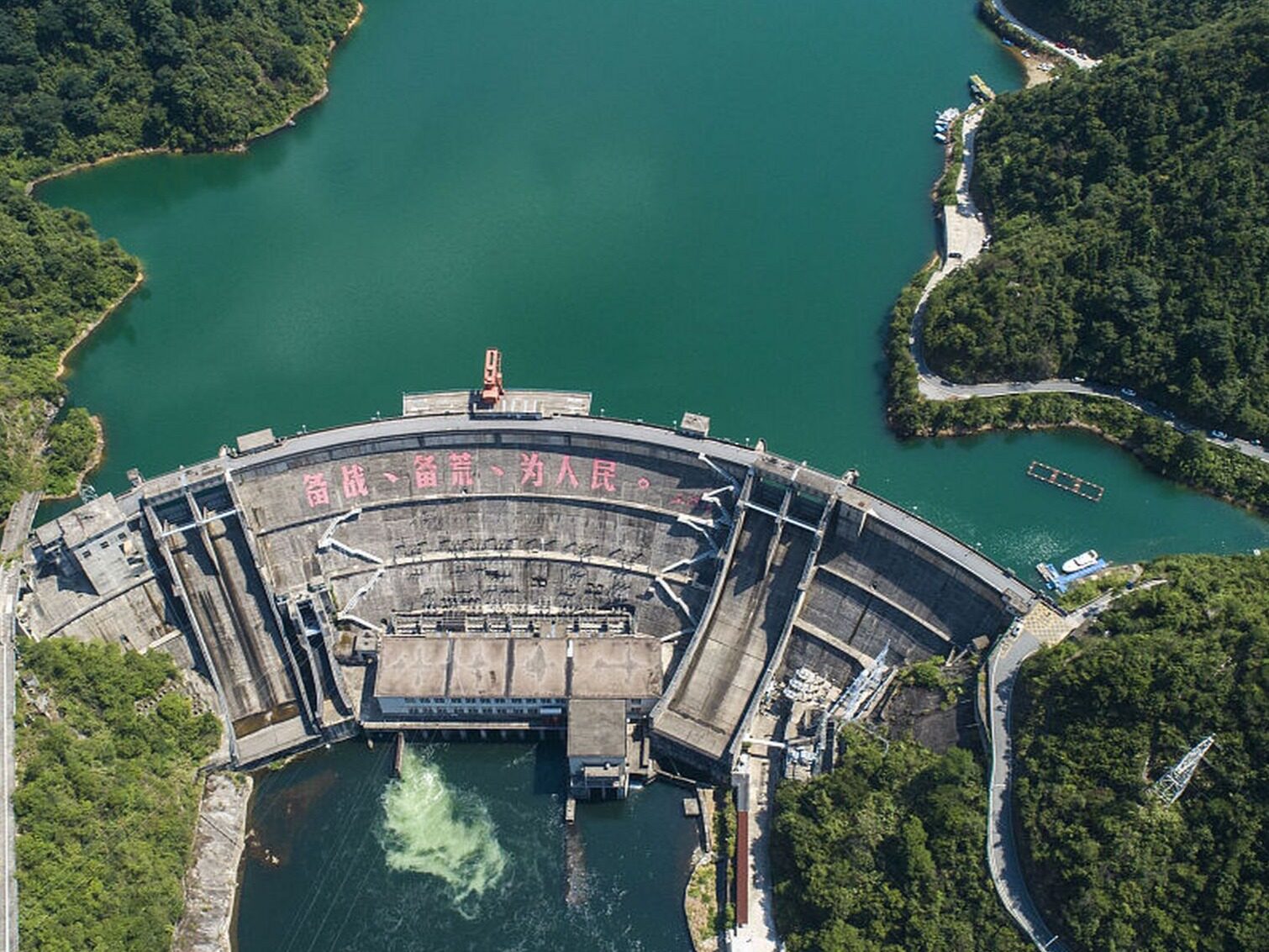
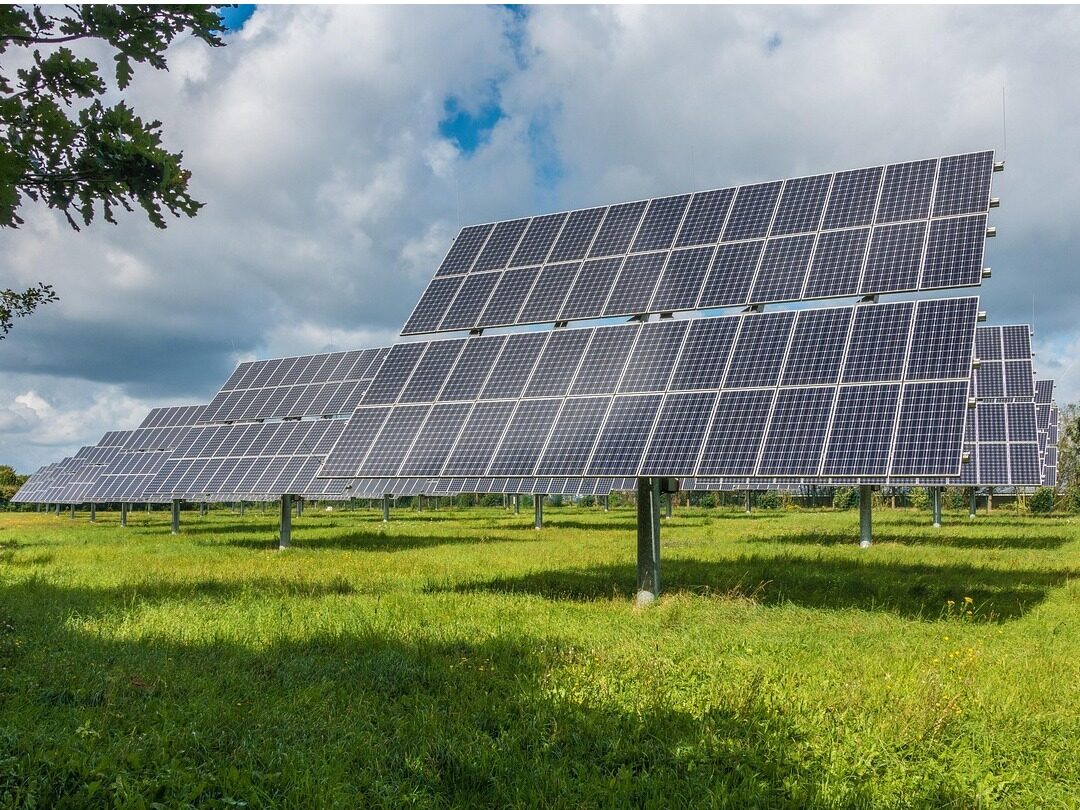







Write something~